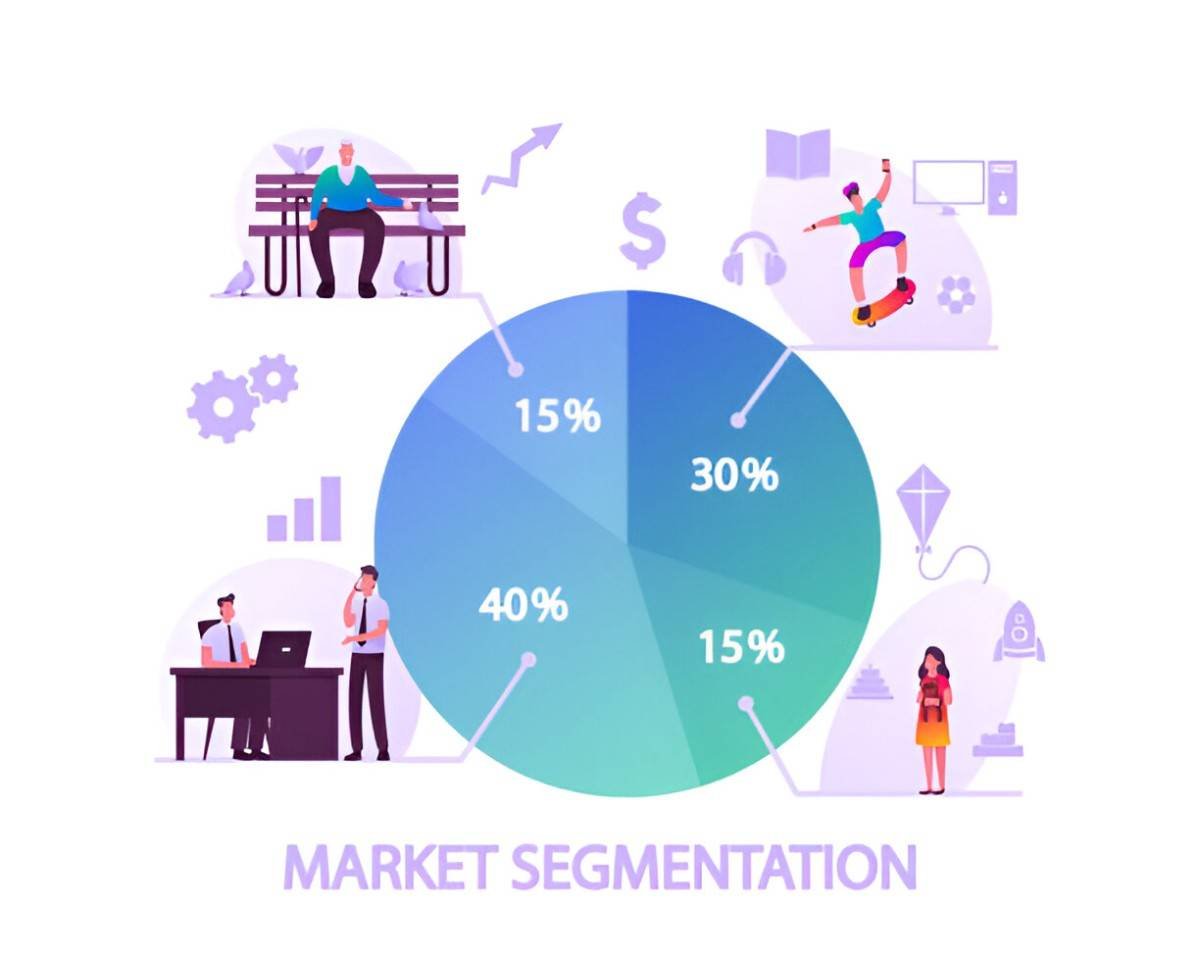A Priori Segmentation is a marketing strategy used by businesses to divide their target market into distinct groups based on predefined criteria. This guide will explain what a priori segmentation is, why it is important, and provide examples to help you understand the concept better.
Table of Contents
What is A Priori Segmentation?
Definition of A Priori Segmentation
A Priori Segmentation is the process of dividing a market into distinct groups based on predetermined characteristics without any prior analysis of the market. This approach relies on existing knowledge or assumptions about the market to create segments.
Key Characteristics of A Priori Segmentation
A Priori Segmentation has several key characteristics:
- Predefined Criteria: Segments are created based on criteria set before any market analysis.
- Assumption-Based: It relies on assumptions or existing knowledge about the market.
- Simplicity: This method is straightforward and easy to implement.
- Targeted Marketing: It helps businesses focus their marketing efforts on specific groups.
Importance of A Priori Segmentation
A Priori Segmentation is important for several reasons:
- Efficiency: It allows businesses to quickly segment their market and target specific groups.
- Cost-Effectiveness: It reduces the need for extensive market research and analysis.
- Focused Strategy: It enables businesses to create tailored marketing strategies for each segment.
- Resource Allocation: It helps in the efficient allocation of marketing resources.
How A Priori Segmentation Works
Types of A Priori Segmentation Criteria
There are several types of predefined criteria that businesses can use for a priori segmentation:
- Demographic Segmentation: Divides the market based on demographic factors such as age, gender, income, education, and occupation.
- Geographic Segmentation: Divides the market based on geographic factors such as location, climate, and region.
- Psychographic Segmentation: Divides the market based on lifestyle, personality traits, values, and interests.
- Behavioral Segmentation: Divides the market based on consumer behavior, such as purchasing habits, brand loyalty, and usage rate.
Example of A Priori Segmentation
Let’s look at an example to understand how a priori segmentation works.
Example: Demographic Segmentation in the Smartphone Market
Imagine a smartphone company that wants to target its marketing efforts more effectively. The company decides to use a priori segmentation based on demographic criteria.
- Identify Criteria: The company identifies age and income as the key demographic criteria for segmentation.
- Create Segments: The company creates three segments based on these criteria:
- Segment A: Young adults (18-25 years) with low to moderate income.
- Segment B: Middle-aged adults (26-45 years) with moderate to high income.
- Segment C: Seniors (46+ years) with moderate to high income.
- Tailored Marketing: The company develops tailored marketing strategies for each segment:
- Segment A: Emphasize affordable pricing and trendy features.
- Segment B: Highlight advanced features and productivity tools.
- Segment C: Focus on user-friendly interfaces and reliable customer support.
Benefits of A Priori Segmentation
A Priori Segmentation offers numerous benefits:
- Quick Implementation: It allows businesses to quickly segment their market without extensive research.
- Cost Savings: It reduces the costs associated with market analysis and research.
- Targeted Marketing: It helps businesses create more effective marketing strategies tailored to each segment.
- Improved Resource Allocation: It enables businesses to allocate their marketing resources more efficiently.
Challenges and Considerations
While a priori segmentation offers many benefits, there are also challenges and considerations:
- Assumption Risk: It relies on assumptions that may not always be accurate.
- Lack of Flexibility: It may not account for changes in market dynamics or consumer behavior.
- Over-Simplification: It may oversimplify market complexities and miss important nuances.
- Limited Insights: It does not provide the in-depth insights that come from extensive market analysis.
Conclusion
A Priori Segmentation is a marketing strategy that divides a market into distinct groups based on predefined criteria without prior market analysis. Understanding and implementing a priori segmentation can help businesses quickly and efficiently target specific market segments, create tailored marketing strategies, and allocate resources more effectively.
Reference
- Kotler, P., & Keller, K. L. (2016). Marketing Management (15th ed.). Pearson.
By understanding and leveraging a priori segmentation, businesses can enhance their marketing efforts, better meet the needs of their target audience, and achieve their marketing objectives more efficiently.





